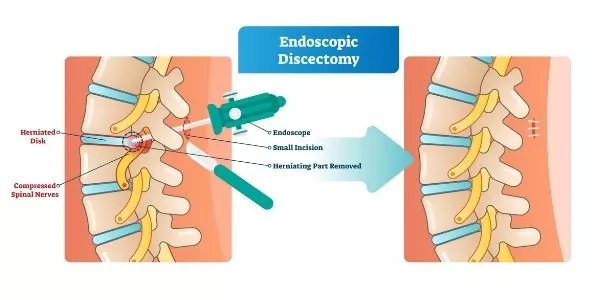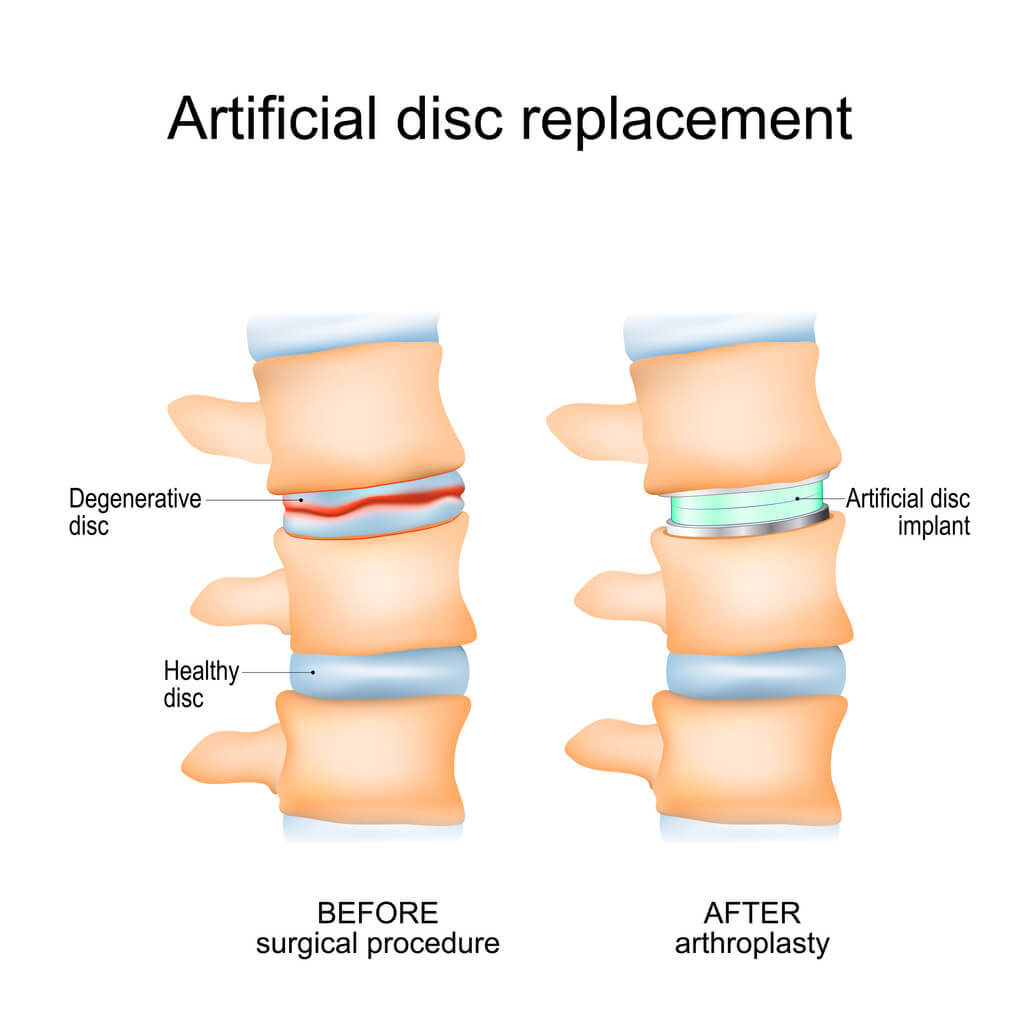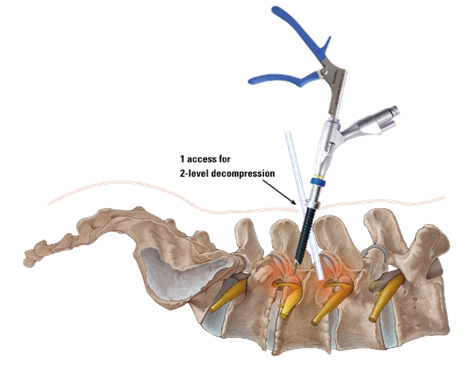Spine surgery can be a daunting prospect, but it is often the best option for those suffering from chronic back pain, spinal abnormalities, or injuries. With advancements in medical technology, there are various types of spine surgeries available today, each tailored to specific conditions and patient needs. Let us explore some common types of spine surgery and understand which one might be right for you.
Discectomy

A discectomy is a procedure to remove part or all of a injured or herniated disc. A herniated disc can press on surrounding nerves, causing pain, numbness, or weakness. This surgery aims to relieve pressure on the nerves and reduce pain.
- Ideal for: Patients with a herniated disc causing nerve compression.
- Recovery: Usually, patients can go home the same day or after a short hospital stay. Full recovery can take few weeks to months, depending on the patient’s condition.
Laminectomy
In a laminectomy, the surgeon removes part of the vertebra called the lamina to lower pressure on the spinal cord or nerves. Doctors commonly use this procedure to treat spinal stenosis, a condition where the spinal canal narrows and compresses the nerves.
- Ideal for: Patients with spinal stenosis or nerve compression causing pain and difficulty walking.
- Recovery: Recovery varies but generally takes a few weeks. Physical therapy is commonly recommended to restore strength and mobility.
Spinal Fusion
Spinal fusion is Types of Spine Surgery of joining two or more vertebrae together to prevent movement between them. It’s often suggested for conditions like degenerative disc disease, scoliosis, or spinal fractures. The fusion can help stabilize the spine and reduce pain.
- Ideal for: Patients with spinal instability, severe arthritis, or spinal deformities.
- Recovery: This surgery typically requires a longer recovery period, with patients often needing several months to fully heal.
Foraminotomy
A foraminotomy is a procedure that increases or enlarges the space where nerves exit the spinal canal. This is done to relieve nerve compression that can cause pain, weakness, or numbness in the arms or legs.
- Ideal for: Patients with foraminal stenosis or nerve compression due to bone spurs or disc degeneration.
- Recovery: Patients can expect to recover within several weeks to a few months, depending on the severity of the condition.
Artificial Disc Replacement

Artificial disc replacement is a surgery of removing a damaged or injured disc and replacing it with an artificial one. This procedure aims to maintain mobility in the spine, which is often lost with spinal fusion.
- Ideal for: Patients with degenerative disc disease who want to preserve spinal flexibility.
- Recovery: Recovery is often quicker than spinal fusion, with most patients returning to normal chores within a few weeks.
Microdiscectomy
A microdiscectomy is a minimally invasive Types of Spine Surgery where the surgeon uses a microscope to remove small portions of bone or disc material that are compressing nerves. This technique is often used to treat sciatica or a herniated disc.
- Ideal for: Patients with herniated discs or sciatica causing severe leg pain.
- Recovery: Recovery time is relatively short, and patients often experience immediate pain relief after the procedure.
Kyphoplasty/Vertebroplasty
Doctors mainly use these procedures to treat spinal fractures, often caused by osteoporosis. During vertebroplasty, they inject bone cement into the fractured vertebra to stabilize it. Kyphoplasty also involves inflating a balloon to create space before injecting the cement, restoring height to the collapsed vertebra.
- Ideal for: Patients with spinal fractures due to osteoporosis or trauma.
- Recovery: Recovery is usually quick, with many patients experiencing immediate pain relief.
Endoscopic Spine Surgery

Endoscopic spine surgery is a minimally invasive technique where the surgeon uses small incisions and an endoscope to visualize and treat spinal conditions.Doctors use it to treat herniated discs, spinal stenosis, or other degenerative conditions.
- Ideal for: Patients seeking a less invasive option with faster recovery times.
- Recovery: Patients typically recover faster compared to traditional open surgery, with less postoperative pain and scarring.
Which Surgery is Right for You?
The right type of spine surgery depends on several factors, including the underlying condition, the severity of symptoms, and your overall health. Always consult a spine specialist who can asess your specific situation and recommend the most appropriate surgical option. Minimally invasive surgeries often come with quicker recovery times and fewer complications, but they may not be suitable for every condition. Knowing your options can help you make an informed and wise decision.
Conclusion
If you experience chronic back pain or have a spinal condition, explore your surgical options with a qualified spine surgeon. Each type of spine surgery addresses specific issues, and understanding these options empowers you to choose the best path forward for your health.Discuss with your doctor about the advantages, risks, and recovery process of each procedure to determine which surgery is right for you.




